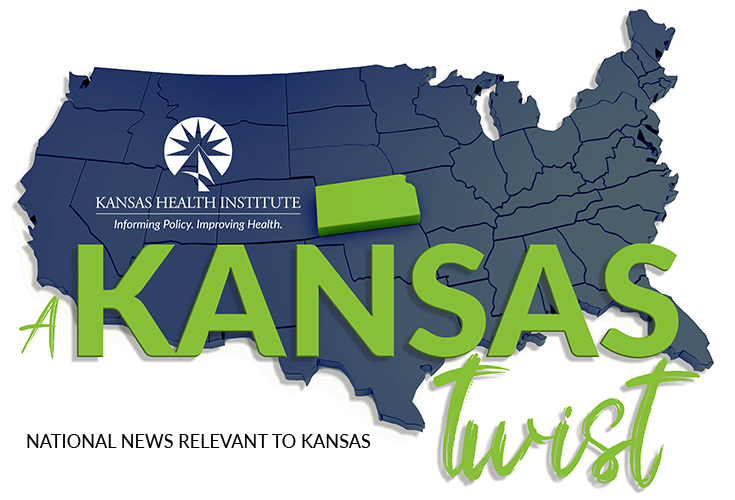User Guide
This map displays county quintiles for the number and rate of individuals in the KanCare unwinding reinstatement window. Members in the reinstatment window have 90 days to submit their renewal for review. If they are determined eligible, they may have their coverage backdated.
Using the Tableau Map
Two “base” layers can be viewed for this map – 1) quintiles by number, or count, and 2) quintiles by rate for individuals in the reinstatement window. To change the view, select the “View” filter at the top right and click the drop-down arrow. There are four age categories, 0-18, 19-64, 65+ and total, which can be changed by using the “Age” filter below the “View” filter at the top right. As you change the age group, the quintile ranges change (as shown by the ranges detailed in the “Reinstatement Window Quintiles” box), and the counties will update accordingly. If you click on one of the five color squares in the “Reinstatement Window Quintiles” box, the map will highlight the counties that fall into that specific quintile. Similarly, the “Peer County Group” filter can be used to highlight counties in a specific peer county group, which are based on population density.
If you hover over a county on the map, you can see breakdowns of the count and rate for the three categories of unwinding data – renewals approved, renewals discontinued, and renewals in the reinstatement window. These bars will update to show different values as you change the Age group that is shown for the entire map.
KanCare Unwinding Data
On Feb. 15, 2023, KDHE’s Division of Health Care Finance submitted their plan for the unwinding of continuous enrollment to the Centers for Medicare & Medicaid Services (CMS), referred to from here on as KanCare unwinding. KanCare reports renewal updates to CMS, including call center data and the number of renewals mailed. The number of mailed renewals are broken down into renewals approved, renewals discontinued and renewals that have a 90-day reinstatement window to submit their renewal for processing. Those who return their renewal within the 90-day window will have their eligibility assessed and, if they are eligible, may have their coverage backdated.
The “renewals approved” label refers to all individuals with renewals that were returned to the KanCare Clearinghouse and have been processed and found to be eligible. The “renewals discontinued” category refers to all individuals who had a renewal processed and were found not to be eligible. The “reinstatement window” category refers to individuals who have had their coverage ended but are in a window of time where they can return their renewal for review. If they are found eligible, their coverage may be backdated to the date they were discontinued. More information can be found on the KanCare website.
Rates were calculated by taking the counts for a specific category (for example, approved for age 0-18 in Shawnee County) and dividing it by the total number of KanCare enrollees for that age group in that county in March 2023.
Peer County Groups
Kansas Information for Communities (KIC) divides counties into peer county groups based on their population density. Kansas counties can be grouped into five categories – urban (150.0 or more persons per square mile), semi-urban (40.0 – 149.9 persons per square mile), densely-settled rural (20.0 – 39.9 persons per square mile), rural (6.0 – 19.9 persons per square mile), and frontier (less than 6.0 persons per square mile). Six counties in Kansas are urban, 10 are semi-urban, 21 are densely-settled rural, 32 are rural and 36 are frontier. Information about Kansas peer county groups can be found on the KIC website.
